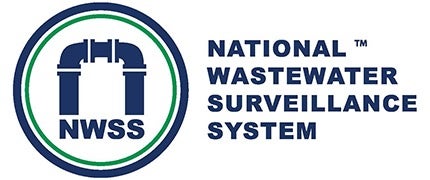Colorado National Wastewater Surveillance System Center of Excellence
Upcoming Events
NEW Educational Opportunity- Right Sizing Your WWS Program Webinar
Getting your wastewater surveillance (WWS) program to the right size can feel overwhelming — but it doesn’t have to be. Join us to learn how Colorado refined its WWS network to reduce waste and maximize impact. You’ll explore how to identify program goals, select data sources, maintain the right-sized network, and respond to emerging public health threats.
Registrants will receive a workbook four weeks before the webinar to complete with their teams. The session will wrap up with a panel Q&A featuring WWS experts from Colorado, California, and Michigan.
Date: Wednesday, January 14, 2026
Time: 10:00–11:30 a.m. MST
The Colorado National Wastewater Surveillance System (NWSS) Center of Excellence (CoE) is a collaboration between the University of Denver (DU) and Colorado Department of Public Health and Environment (CDPHE). Building on expertise in epidemiology, environmental chemistry, engineering, molecular diagnostics and genomic surveillance we provide industry-leading expertise and guidance. Wastewater surveillance is a key public health tool providing notification of increasing disease trends, especially when combined with existing disease surveillance systems. As a National Center of Excellence, we serve to foster scientific inquiry and public health response throughout the nation. Our team of nationally recognized experts in multi-disciplinary fields seeks to grow and develop this critical public health tool.
In response to the COVID-19 pandemic, the Centers for Disease Control and Prevention (CDC) launched the National Wastewater Surveillance System (NWSS) to build the nation’s capacity to track the presence of SARS-CoV-2, the virus that causes COVID-19, in wastewater samples collected across the country. DU and CDPHE were early adopters and together have become nationally recognized for wastewater surveillance. We work with health departments across the state and around the country to track communicable diseases in municipal wastewater discharge so communities can act quickly to prevent disease transmission and spread.
People infected with certain pathogens, like viruses, can shed virus in their feces, even if they don’t have symptoms. The virus can then be detected in wastewater, allowing wastewater surveillance to capture and quantify pathogens shed by people with and without symptoms. Wastewater surveillance can serve as an early warning that disease is spreading in a community. Once health departments are aware of increasing trends in wastewater concentrations in their jurisdiction, communities can act quickly to prevent the further spread of communicable diseases.
Data from wastewater testing are meant to complement existing disease surveillance systems by providing:
- An efficient community sample.
- Data for communities where timely clinical testing is underused or unavailable.
- Data for different communities within a county.
About Us
Learn about how the NWSS CoE works and meet the members of our team and advisory board.
Wastewater Surveillance Data
Access wastewater surveillance tracking data maintained by the CDC and CDPHE.









